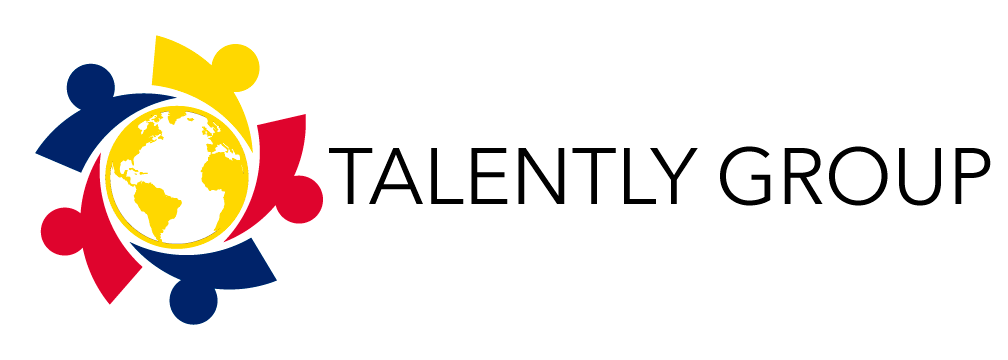What are human resources? The answer is simple. Professionals in the area are as crucial for companies as oil is for the proper functioning of machinery. But the explanation is broader.
Their tasks range from recruiting candidates and paying salaries to taking care of the well-being of employees, motivating them, training them, retaining them and developing strategies that strengthen the organization.
In this article we explain what are the functions, characteristics, importance and transcendence of this department in your company.
Role of Human Resources in companies
Over time, the function of human resources in companies has been adapting to the needs and concerns of talent.
What there is no doubt about is that the human resources areas responsible for the management and administration of human capital are the engine of organizations and the more they rely on tools such as HR management software, the greater the saving time and resources.
These are at least five of the functions of this area in organizations:
1. Recruitment and selection.
Supported by tools such as Human Resources software, it is in charge of detecting talents that will bring benefits to the organization, once their skills and knowledge have been identified. It defines what personnel the organization requires, how it must work for its development, retention and promotion, as well as offering good working conditions. All these strategies must be preceded by planning and designing the needs of the organization.
2. Compensation and benefits.
The Human Resources area must ensure that employees receive their payments and bonuses in a timely and sustained manner. Compensation and benefits are paramount, as a valued collaborator also strengthens the company’s brand. The rewards, moreover, are not only focused on money, but also on development, promotions, recognition and benefits aimed at strengthening the well-being of the teams. All this translates into better productivity of the organization.
3. Health and safety of employees.
Ensuring the physical and emotional integrity of human capital is a constant challenge for HR areas, since their strategies must be adapted to the times and circumstances. You must study the working conditions and associated occupational risks in order to implement prevention and protection measures to preserve the health of employees. In prevention, he is responsible for working on safety regulations in coordination with the organization’s areas in order to ensure working conditions and avoid occupational risks.
4. Encourage and take care of the organizational culture and labor relations.
Internal communication is vital for the Human Resources area to fulfill this task. The rules, habits and values under which the teams are governed give a sense of belonging and integration, in addition to the fact that feedback at all levels is essential for a good work environment. By providing a sense of ownership and working in a harmonious environment, HR are able to define solid strategies and structures in order to generate positive behaviors that will translate into better results.
5. Talent training and development.
Another function of HR is to be aware of the level of performance and talent development of the teams. When a vacancy becomes free, it is easy to recruit from the outside, but good human capital management can detect talent within the organization itself. Constant training, learning and ongoing training of staff is key for the organization to grow and meet new needs. The promotion and development of talent will translate into greater job satisfaction, as well as increased productivity and cost savings.
